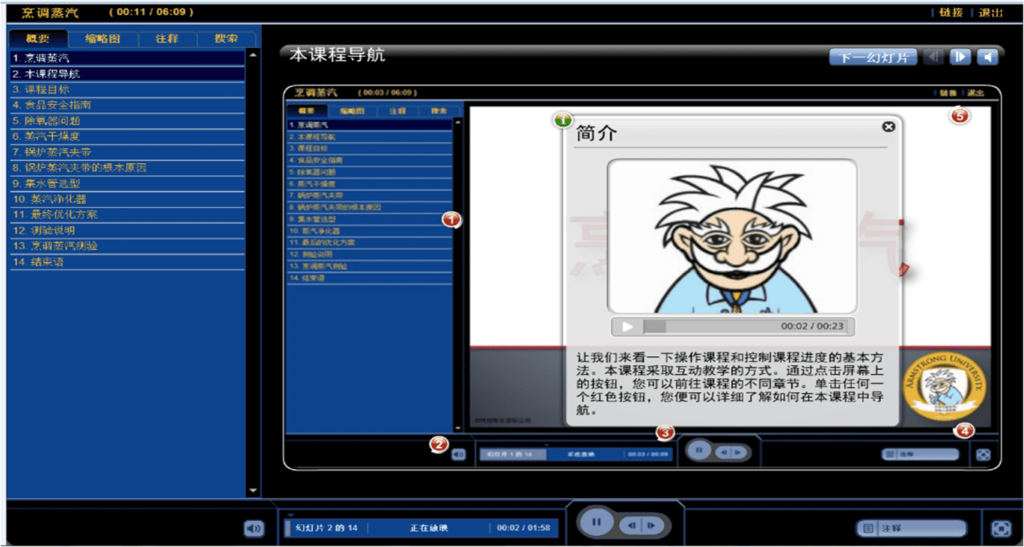
Multimedia localization and voice-over reaches a global audience
Imagine living in a society where everywhere you turn, information is unclear because you are not as familiar with the language being spoken. You land your dream job, but the training materials are not in your first language, causing some important information to seep through the cracks.
Thanks to our dynamic and digital culture, eventually, information will leave the textbooks and video will be at the forefront of a new era. Given this evolution, multimedia localization can help a global organization effectively connect with their target audience and employees.
Whether you are adding translated Japanese text to an off-screen promotional video, replacing voices or sounds with a Mexican accent voice talent for an eLearning program, or using UN-style voice-over to maintain authenticity with the original voice, you will enhance user satisfaction for non-English speakers. Multilingual voice-over customizes your translation video, and while multimedia localization has been used countless times for films and other large-scale projects, the need for the same quality translations with a company’s marketing and communication objectives increases year after year.
With the enhanced need to reach your target audience through multimedia localization services, it is relevant to be familiar with the four alternatives of voice-over recording.
Option 1: off-screen voice-over

Does your future translation video consist of animated cartoons and illustrations? Off-screen voice-over utilizes the translation text to sync each line up with the video. Because there are no talking heads, timing the translation to match the original version is straightforward. In most cases, there is only a need for one narrator talent, which helps keep costs down and has a low degree of difficulty to produce.
Option 2: UN-style voice-over
UN-style voice-over is often used for interviews or for someone who is recognizable, mainly because this option does not replace the speakers sounds, but records over it. In the beginning, you hear the speaker’s voice and as it lowers in volume, the target translation voice will crescendo so that the viewer comprehends and relates to the genuine voice. It is critical that the sync points are timed perfectly at the start of the dialogue, which lowers the degree of difficulty to sync. In UN-style voice-over cases, you need no more than one male and one female talent to speak for all speakers in your video.
Option 3: voice replacement
This third option is exactly how it reads (or should I say sounds); muting the voices in your video and replacing it with the target language. It is a higher level of difficulty because the voice talent has to work to match the voices with the original language. Ultimately, the sound will match closely, but will not be a full lip-sync. For this option, you would need one talent per each speaker in the video.
Option 4: dubbing
Dubbing is the closest match you can time into a foreign language, making this option very popular to use for the translation of motion picture films. The talent studies the lip movements of the actors to get the closest match to the original in the target language. To make the video seem as if it was originally filmed in the target language, extensive effort of blending voice audio with music and effects is required, making this option the most expensive.
The quality of a recording studio with professional-grade voice talent is unmatched since it creates higher caliber videos than your competitors who may be recording in their offices.
Not only are there rules specific to the translation portion of this style of video (the translation video should have the same number of syllables as the original, and the language should be clear and concise), but the entire voice-over process includes several steps, requiring a great deal of training.

(This screenshot is a CHS course localized into simplified Chinese for Armstrong International.)
You can streamline the video localization process by following these steps:
- Discuss the target region with your translation partner so that they can help you find talent that is best suited for your brand
- Provide a link to the video for review
- Send the video transcript to be used in the localized video
- Provide the original source video files to your translation partner
- Provide additional context so that the voice talent can reference and learn more about your company’s specifics
- Provide a pronunciation guide for the talent to be used
- Provide a glossary of key English terms and their meanings, if available. This is especially helpful for abbreviations and acronyms.
Also see Audio Localization & Subtitle Translation Best Practices.
By understanding and utilizing audiovisual translation in partner with a professional localization company, you will have the tools needed to generate an accurate and effective localized video for your target audience. Not only will you improve the quality of your final product, but you will see your return on investment cycle back. And in the end, isn’t that the objective?
Screenshot source: Armstrong International
Category: Translation
Service: Video Translation, eLearning Translation
Don't forget to share this post!
Stay Updated with Interpro
Subscribe to our newsletter for the latest updates and insights in translation and localization.







